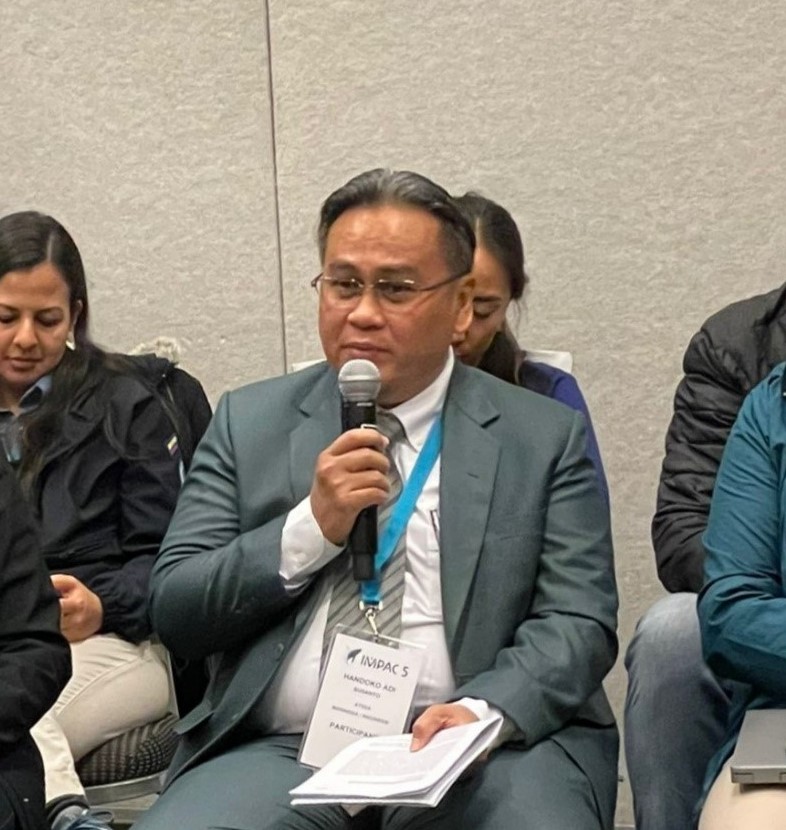The International Marine Protected Areas Congress (IMPAC) is a platform for marine conservation managers and practitioners worldwide. Its aim is to share best practices and exchange knowledge for the protection of marine biodiversity and cultural heritage. IMPAC congresses are held every four years, with five iterations of the congresses already held to date. The most recent, called IMPAC5, was held in Vancouver, Canada, on 3-9 February 2023. It focused on advancing ocean protection through the conservation of marine biodiversity, the blue economy and tackling the climate crisis.
The ATSEA-2 Project was invited to attend IMPAC5 by the Global Environment Facility (GEF) Secretariat. Representatives of the project spoke in a side event organised collaboratively between the GEF, High Ambition Coalition for Nature and People (HAC) 2.0, and World Resources Institute (WRI), entitled “Achieving High Ambitions for MPAs and Finance: 30×30 Implementation through GEF and HAC 2.0”. The event aimed to provide an overview of how the GEF and HAC 2.0 support countries in achieving the recently adopted Kunming-Montreal Global Biodiversity Framework, particularly Target 3 on 30×30.
Kristian Teleki, representing the WRI, highlighted the significant positive effects that marine protected areas (MPAs) have had on local economies, cultures and the marine ecosystem. “This is not just an investment in biodiversity, it is an investment in people, in the climate, in food and much more,” explained Teleki. He also acknowledged the urgent need for momentum in creating new and larger protected areas – time is running out to achieve the 2030 goal, with less than 6.5 years remaining on the clock.
The ATSEA-2 Project provided specific examples of how GEF investment in the Arafura and Timor Seas (ATS) region is helping to achieve the 30×30 target by strengthening existing MPAs and establishing new ones, while also developing a regional MPA network, roadmap and regional action plan for the enhanced protection of sea turtles. Dr Handoko Adi Susanto, ATSEA-2 Regional Project Manager, highlighted the project activities and their key areas of focus, including the sustainable blue economy, training, capacity building and gender equality.
“There are many actors in our collaborations, including national and sub-national governments, civil society, academia and the private sector,” explained Dr Susanto, before adding: “the blue economy is one of our key considerations; when we work on MPA network designs, we look at how we can achieve a sustainable blue economy and what training and capacity building is needed, including with regard to gender equality.”

IMPAC5 brought together ocean conservation professionals, high-level government officials, Indigenous leaders and youth representatives. The event included keynote addresses, interactive sessions, and arts and cultural elements to explore how to advance ocean protection. Key focus areas included support for MPAs, Other Effective area-based Conservation Measures (OECMs) and marine spatial planning, Indigenous-led ocean conservation and knowledge, sustainable finance solutions, and technological innovations.
The M2 software developed by Protected Seas was another innovative example discussed during the Congress. This cloud-based platform is specifically designed to help monitor MPAs, providing real-time monitoring of marine ecosystems within these areas and thereby ensuring they are properly managed and protected. While the use of such software has not been widely implemented to monitor MPAs in the ATS, it presents a valuable opportunity to enhance monitoring and management efforts in the area. By collecting and analysing a range of data, such as environmental data, vessel tracking data and acoustic data, the M2 software can provide a comprehensive and real-time view of the marine ecosystems in the ATS region. This, in turn, can support effective management and protection of these valuable resources, contributing to the sustainability of the region’s marine ecosystem.
Overall, the IMPAC5 Congress provided a vital platform for stakeholders to exchange knowledge and share best practices to promote the sustainable management and protection of marine ecosystems worldwide. The participation of the ATSEA-2 Project and its contributions highlighted the importance of regional collaborations and investment in the sustainability of the marine ecosystem. The innovative solutions presented, such as the M2 software, demonstrated the potential for technology to support effective monitoring and management of MPAs.
By Dr Handoko Adi Susanto


